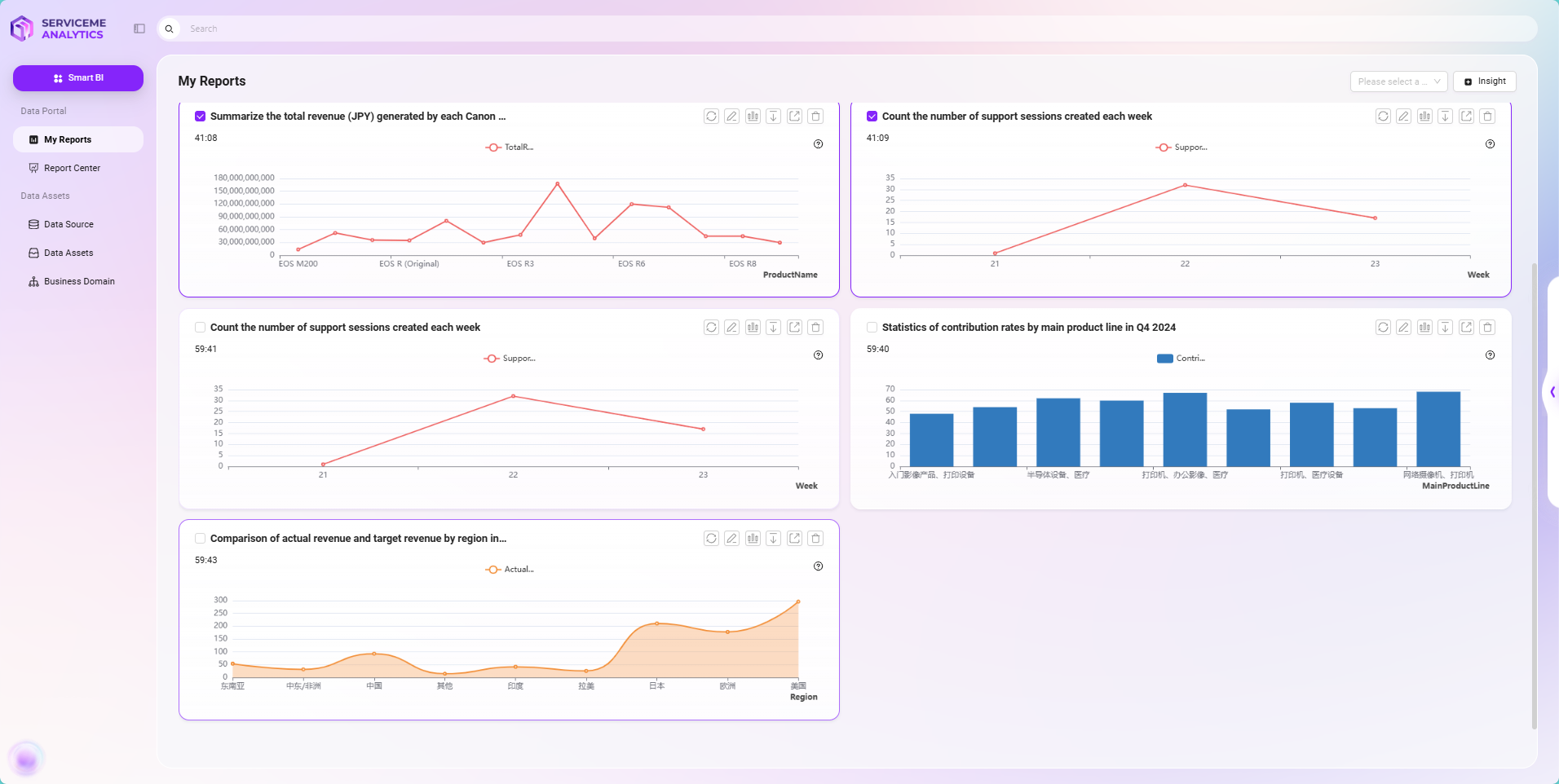User Scenarios
Scenario 1: Natural Language Q&A for Data
Typical Application: Fast Q&A for complex business data
Customer Case: Sales Data Query for a Consumer Goods Company
The management of this company often needs to review sales performance by region and product. Previously, they relied on data analysts to manually generate reports, resulting in low efficiency and slow response.
After introducing the AI data Q&A assistant, users can directly ask questions such as:
- "What is the sales revenue of personal care products in East China for 2025 Q1?"
- "Which category had the fastest growth compared to the same period last year?"
The system automatically parses the questions, queries the data in real time, and generates natural language answers, sometimes accompanied by trend charts or brief analyses.
Performance Improvement:
- Query time reduced from hours to seconds;
- Managers can ask questions independently, without relying on analysts;
- Covers multi-dimensional data (time, region, category, etc.), offering flexible usage.
This solution helps enterprises significantly improve data acquisition efficiency and decision-making response speed.
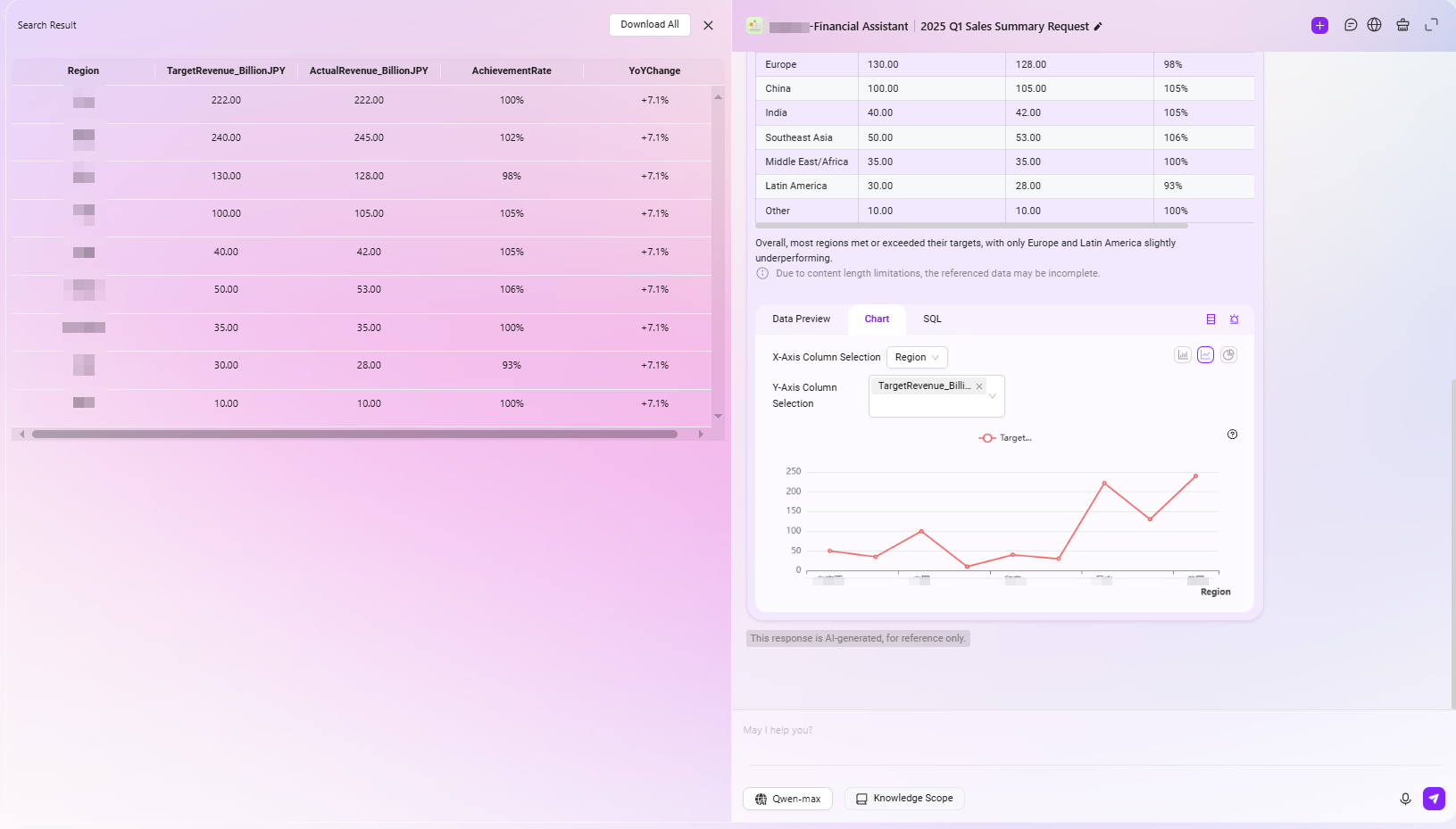
Scenario 2: Product Performance Comparison and Recommendation
Typical Application: Quickly finding the best option among multiple products
Customer Case: E-commerce Platform Smart Product Selection Assistant
An e-commerce platform launched an AI product recommendation assistant to help users efficiently select products from a vast range of items. Users only need to enter a natural language description, such as:
- "I want to buy a camera with clear shooting quality and a budget around 8000."
- "Are there any lightweight laptops suitable for outdoor sports?"
The system automatically analyzes user needs, filters matching items from the product database, and recommends 2-3 optimal products, along with comparison parameters, performance highlights, and usage scenario explanations.
Performance Improvement:
- Improves user shopping efficiency, reducing decision time by an average of 60%;
- Recommendations better match real needs, significantly increasing conversion rates;
- Continuously learns user preferences to optimize recommendation results.
This feature is widely applicable to personalized recommendation needs in e-commerce, offline retail, 3C digital, and other fields.
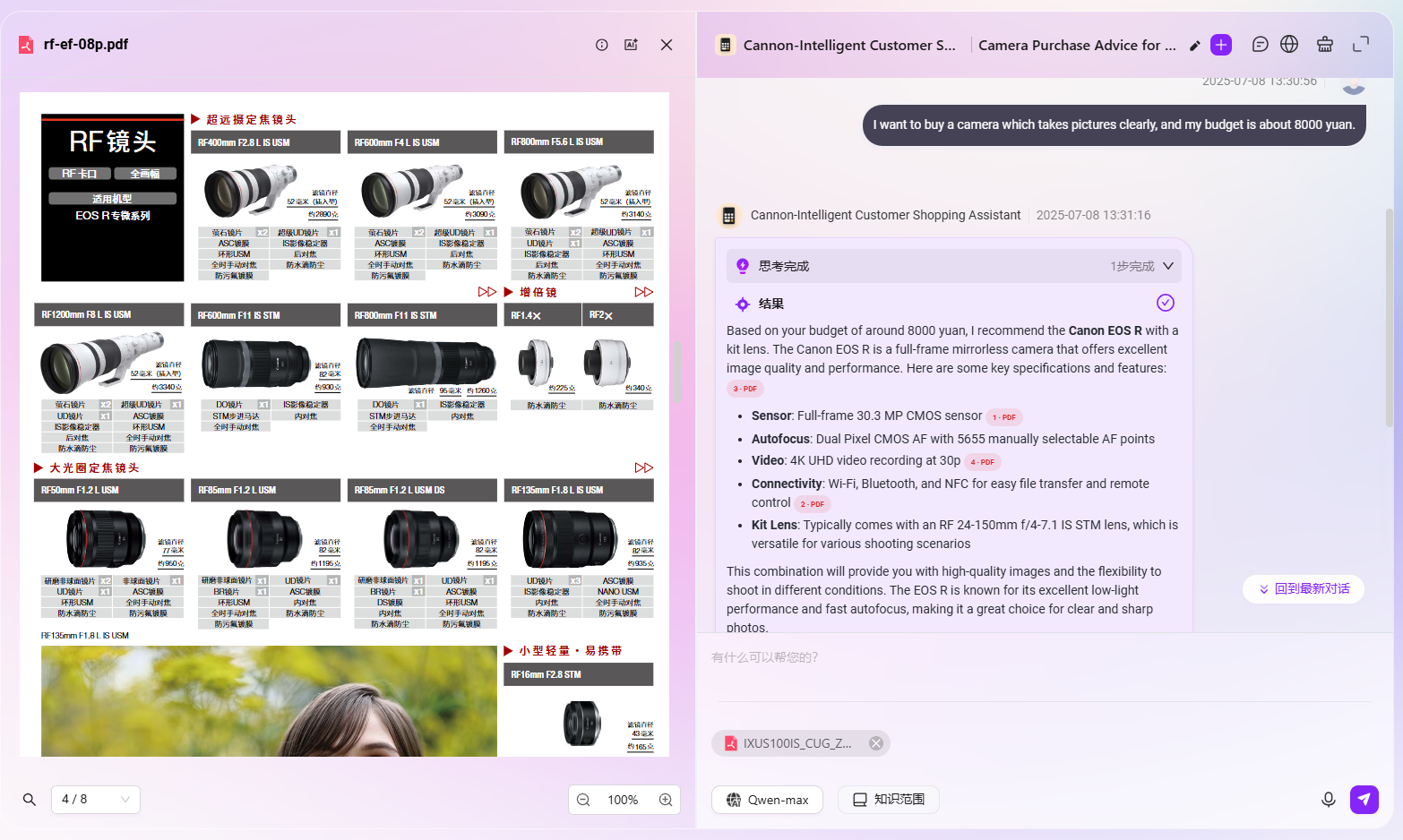
Scenario 3: Multilingual Translation
Typical Application: Combination of full-text and keyword translation to meet various language processing needs
Feature Description:
- For full document translation, simply upload the document to be translated, and the system will automatically complete the full-text translation;
- For partial content translation, enter the text into the AI translation assistant to get real-time translation results.
This feature is suitable for cross-border communication, reading overseas materials, localization processing, and other scenarios.
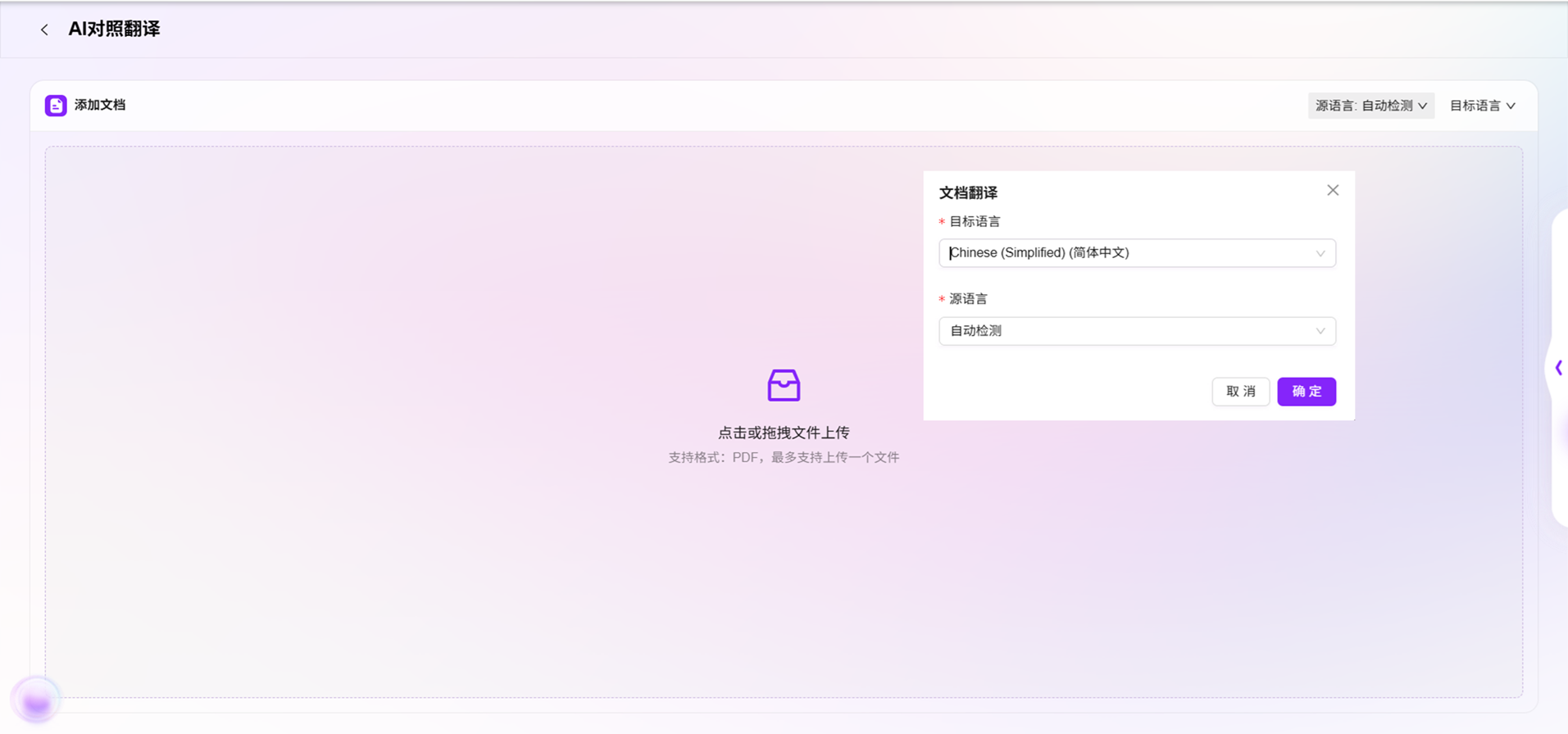
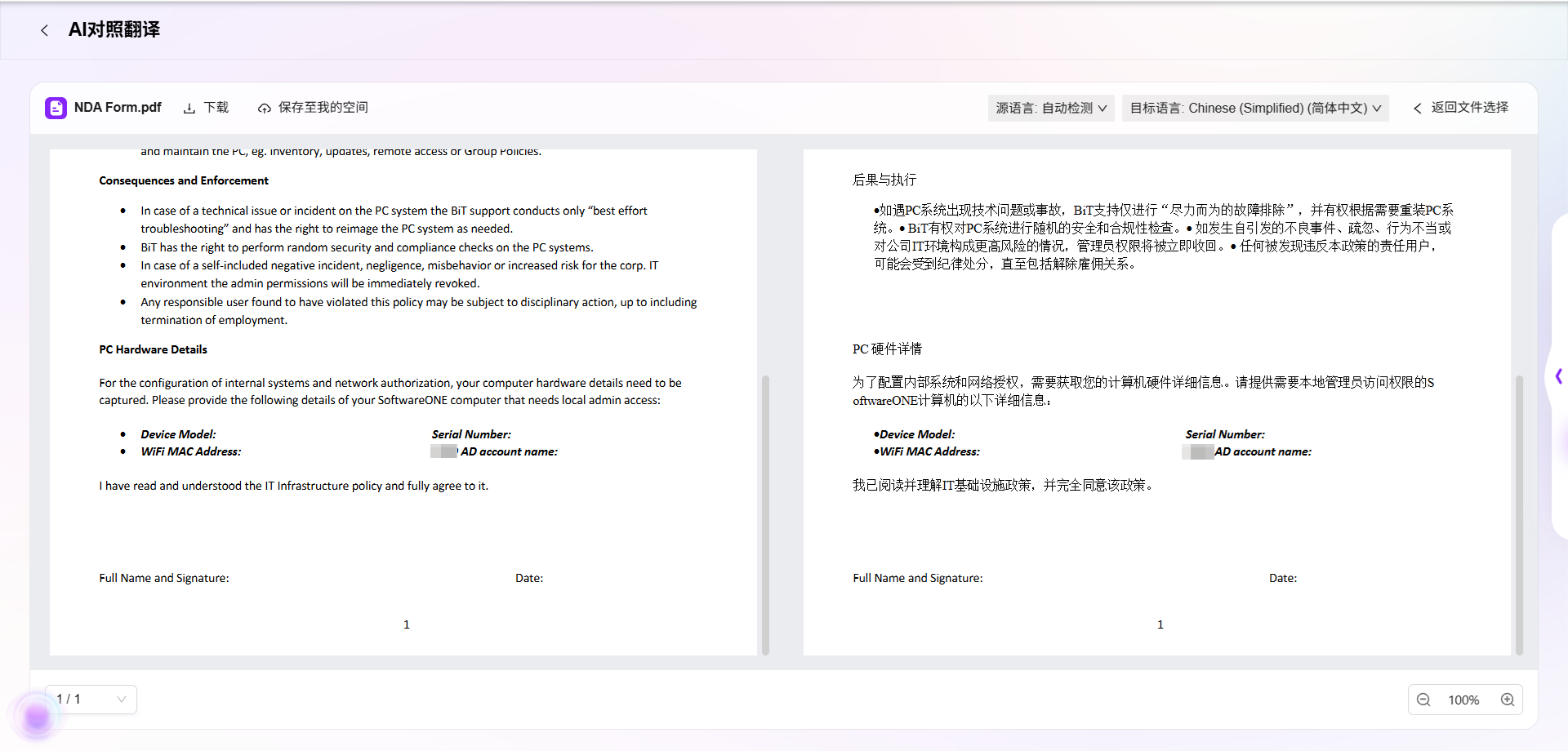
Scenario 4: Business Data Analysis
Typical Application: Connecting to business system data for intelligent analysis and insights
Feature Description:
The system can connect with existing enterprise business systems, extract structured data, and automatically analyze and present it through AI. Supported analysis types include but are not limited to:
- Product sales analysis
- Global sales comparison
- Financial-related statistical analysis (such as cost structure, profit trends, etc.)
Users can ask questions in natural language, such as:
- "Which product had the highest sales this month?"
- "How are sales performing across continents?"
- "What is the trend of expense ratio changes in the first half of 2025?"
Performance Improvement:
- Automatically generates charts, conclusions, and insights, saving analytical manpower;
- Flexible multi-dimensional data queries, supporting custom comparisons;
- Helps business teams quickly identify problems and opportunities.
Applicable to data-intensive departments such as sales, operations, and finance.
